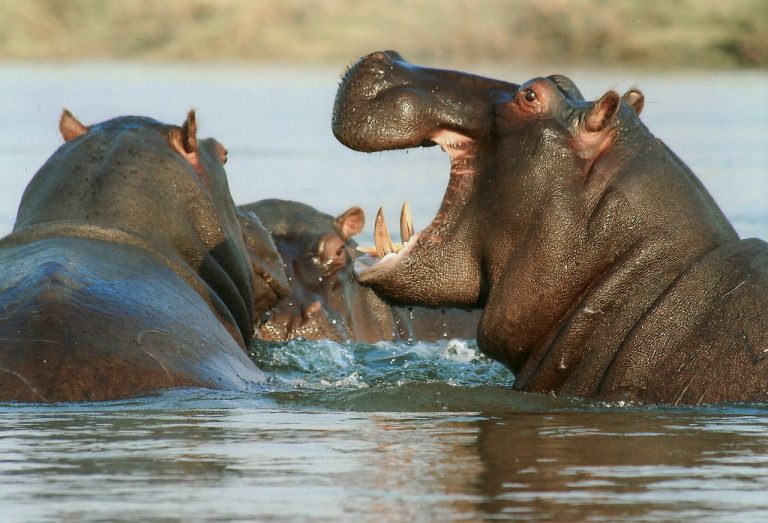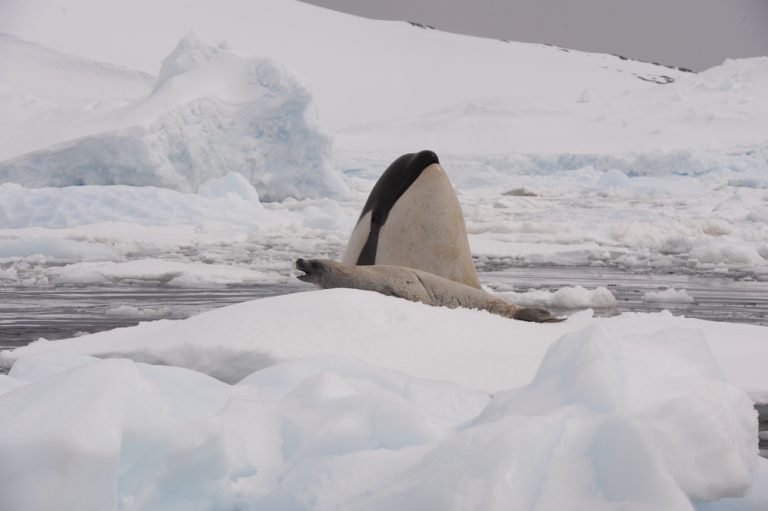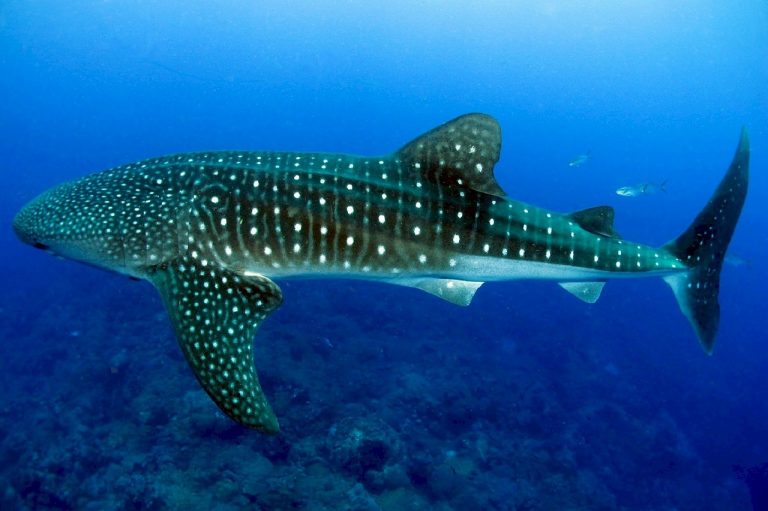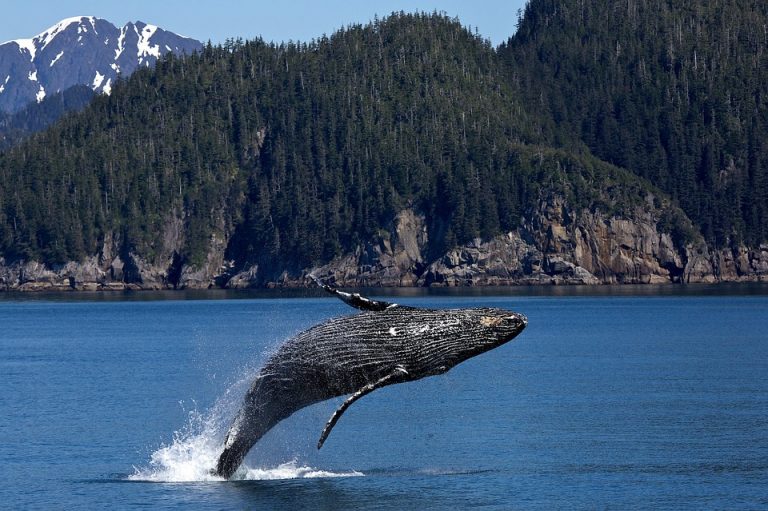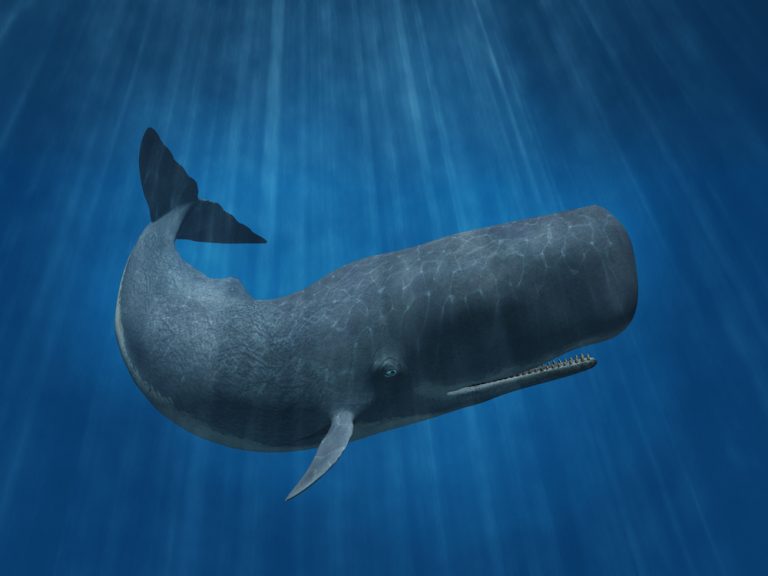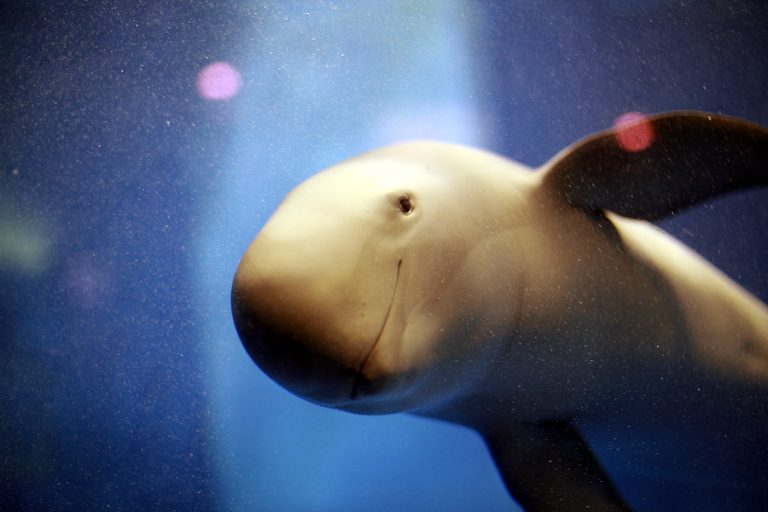The Incredible But True Horror Story Behind Moby Dick
You may have read or heard about Herman Melville’s book and the whale character named Moby Dick at some point. But did you know the horrific events that followed the sinking of the whaling ship, Essex?
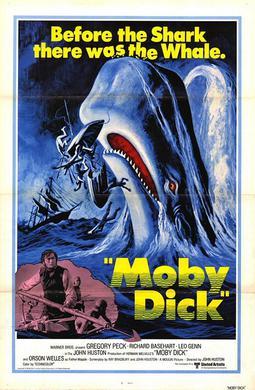
To most of us, we regard whales as extremely large and docile creatures that have evolved to feed on plankton. These gentle giants swim around in the Earth’s waters and do not harm humans in any way. However, 19th-century literature tells a strange tale; a whale out for revenge.
Could a whale be out there bent on settling an old score?
Whales harbor large complex brains, states Dr. Richard Bevan, a zoologist, and lecturer at Newcastle University. He goes further to add that; a sperm whale can recall incidences of provocation as in harpooning and thus would react in fury against a perceived potential threat.
However, the idea of a whale charging at its target does not go down well with Thomas Beale, a surgeon aboard a whaleship. In his 1839 book “The Natural History of Sperm Whales,” he pictures whales as timid creatures that would run away upon sighting a ship as they would seem like giant predators.
But what of Moby Dick or Mocha Dick, a sperm whale that intentionally struck a ship twice?
Moby Dick, The Actual Story
When young Herman Melville heard the fascinating story of a failed voyage, he was inspired to write a novel and named it Moby Dick, after Mocha Dick. Mocha Dick was a whale first spotted in the 19th century in Mocha Island, Chile.
Herman sailed to Nantucket to experience the island and villages he had only imagined. On his last day there, he met one of the main characters in the true story, Captain George Pollard Jr.
Pollard was the now 60-year old one time captain of the doomed Essex.
The Essex was the whaling ship that had been attacked and sunk by a sperm whale in an 1820 incident that had inspired Melville’s novel.
Essex: The Failed Voyage
Pollard, then 29 years old, captained the Essex out of Nantucket in 1820 in a supposedly two and a half year voyage in search of whale oil. Trouble began close to home just 2 days out at sea as his ship almost sank after hitting a violent storm. Still, the captain was determined to move on and they made it to the fishing waters of Cape Horn five waters.
They found the waters already heavily fished so they set sail for very distant waters in the South Pacific.
The journey was going well and the whale catch was promising. Thousands of miles into the sea, while Pollard is out hunting for whales, Owen Chase – the First Mate – stayed behind to mend leaking holes in the vessel.
To his surprise, he spots a giant bull whale charging with speed towards the ship.
In Owen Chase’s words it was a very big whale approximately 85 feet in length. Lying quietly waiting with its head facing the ship. Suddenly, after two or three spouts, the creature makes straight for the Essex.
The whale smashed into the ship head-on with tremendous force and the damage it causes is. As it disappears into the waters, the crew is left tending to more leaks.
Surprisingly, this was not the last they saw of it.
For just moments later, Chase is alerted again of the same giant whale charging at double speed towards the ship. This time, determined to complete its mission, it wrecks the vessel before disappearing once more for good.
As water rushes into the devastated ship, the crew is left salvaging for supplies before the wreck completely submerges.
Pollard, spotting the wreckage from afar comes back to the scene of a sunken ship. He has to decide quickly to save his crew. With just three boats, they have the option of sailing a thousand miles to Marquesas and the Society Islands. Or they could risk over three thousand miles for the South American mainland.
Save for the captain; they all settle for the mainland convinced that the nearby Islanders were cannibals. A claim that was never proven.
To date, history records that decision as one of the worst ever in nautical history!
Cannibalism And Insanity
Hoping to catch the trade winds or be spotted by another voyager, they sail south. Only they never made it!
Their first challenge was the salty-water soaked bread and dehydration. Besides the scorching sun, Pollard’s boat is attacked by a killer whale, luckily they survive.
A couple of weeks later, they arrive at a barren Island called the Henderson Islands; three of the crew men decide to take their chances on land as they cannot stand the sea anymore.
After more weeks at sea and their rations dwindling, some of the men begin to lose their minds.
One man aboard Chase’s boat sinks into one of the most horrid convulsions, recalls Chase, succumbing the next morning. The crew cut out parts of his body, rip out his heart before sewing the body and tossing it to sea, roasting the extracted parts. A sea tradition dating back to the first half of the 17th century.
Over the next week, three more sailors face the same fate as their counterparts.
As they drift, the third boat disappears while Pollard and Chase lose sight of each other. Each boat is now alone.
Human rations dwindled, and the more they ate, the hungrier they became. The men became too weak to even talk.
On February 6, 1821, the crew on Pollard’s boat concluded that they would die with no food. Charles Ramsdell came up with an old traditional idea of drawing lots to determine who would be the next meal. Sadly, it fell on Owen Coffin, Pollard’s first cousin.
Pollard had promised Owen’s mom that he would be the guardian and bring the lad back home safely. He offers himself in Owen’s place. But since it was a sea tradition, Owen decides to face it.
It was challenging killing him as Ramsdell paused for a long time before finally pulling the trigger. Owen was no more!
They eat and continue drifting.
Saved At Last
On February 18, 1821, after 89 days at sea, Chase and the two men in his boat spot a sail in the distance, the Indian, they chase it frantically before finally catching up. They are saved.
A week later a crew member aboard an American ship, the Dauphin, spots Pollard’s boat and they are also saved.
Surprisingly, the two men are so confused that instead of rejoicing at the rescue, they are more concerned about the leftover bones of the other crew members they had eaten. They were obsessed with stuffing as many of those bones as possible in their pockets before they agreed to be rescued.
The five survivors reunite at Valparaiso where they heal up before finally sailing home. Pollard rejuvenated enough to tell his story of three months at sea to other sailors.
Strangely enough, the other three men who had chosen to stay on Henderson Island survived for four months. They lived off jellyfish and bird eggs before they were finally rescued by an Australian ship.
Years later, the third boat was discovered in Ducie Island with three skeletons on board.
The survivors returned to their home and were welcomed with no ill feelings for eating their mates. Unfortunately, Pollard wasn’t so lucky as his dead cousin’s mother never forgave him.
And although Pollard later sailed another ship, the Two Brothers, the ship wrecked on a coral reef. After that, non one would trust him with their ships again. He was marked “unlucky at sea” a “Jonah.”
The only work he could find for the rest if his days was as the village night watch.

